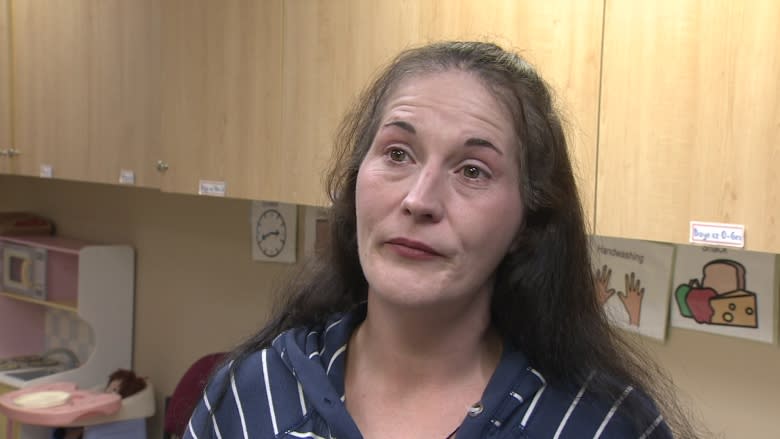Cape Breton child poverty rates highest in Atlantic Canada
A new report from the Canadian Centre for Policy Alternatives suggests Cape Breton has the highest rate of child poverty in Atlantic Canada with one in every three children living in poverty.
The research institute released the results of its 2015 Report Card on Child and Family Poverty in Nova Scotia on Tuesday. It found just over 32 per cent of Cape Breton children are living in poverty.
The report's author Dr. Lesley Frank said those numbers are even greater in some populations.
"The rate is higher for young children because they're more vulnerable," he said. "So for children zero to six the rate in Cape Breton was 42.7 per cent of children living below the poverty line."
Elsewhere in the province, rates in Kentville, New Glasgow and Truro were above the provincial average of 22 per cent. The Halifax area had the lowest rates in Nova Scotia, with some communities below 20 per cent.
The report points out the numbers have taken a big jump from the last report in 2013 when the rate was one in five children.
Families struggling
Margaret Faulkner is living the struggle. The Cape Breton single mother has three teenagers and lives on a fixed income. She said the greatest challenge she faces is having enough food to feed her kids.
"Unbelievably heartbreaking not be able to give your kids what they want when they want it. It breaks your heart," she said.
Faulkner had three jobs but all of the businesses closed. She now lives off $828 a month. When the money is gone, she turns to food banks.
JoAnna LaTulippe-Rochon, the executive director of Cape Breton's Family Place Resource Centre, says the poverty figures could be lowered if ordinary people reached out instead waiting for government to do something.
"Whether it's write a letter, make a donation, whether it's noticing your neighbour is struggling and offer some form of assistance," LaTulippe-Rochon said. "This is our community shared responsibility."
She hopes releasing the report spurs the community to take action.
Sandra MacNeil hopes so too. She is a volunteer at the New Waterford food bank and says more and more people are coming to them for help.
"And they come in and you have very sad cases, very sad cases," she said.
"They're grateful for anything you can give them and people are falling on really hard times and they just seem to be getting worse so we do what we can."
LaTulippe-Rochon says the statistics have been around for several years and now is the time turn from measuring poverty to responding as a community to support its most vulnerable citizens.



